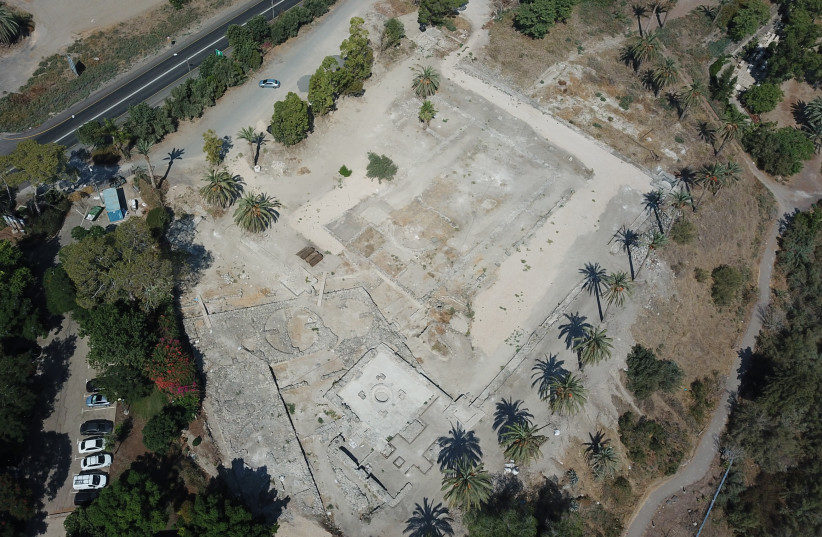
© COURTESY OF THE TEL BET YERAH ARCHAEOLOGICAL PROJECT
The remains of a Hellenist banquet dating back to
2,200 years ago recently uncovered by a group of archaeologists from the Tel Aviv University (TAU) have helped to shed light on the everyday life of
Greek settlers in the land of Israel before the Galilee was conquered by the Hasmonean Kingdom.
The pit was revealed during excavations at Tel Bet Yerah, headed by TAU Prof. Rafi Greenberg and Dr. Sarit Paz. Read More Related Articles
As explained to
The Jerusalem Post by Miriam Pines, one of the authors of the article, published in the latest issue of the Journal of Eastern Mediterranean Archaeology & Heritage Studies, the project was conducted "within inter-discipline research aimed at discovering the small forgotten things of the past societies in this land."
"Hellenistic Philoteria was located in a region that was very important to the powers of the time in the context of the Second Syrian War between the Seleucid Empire and the Ptolemaic Kingdom of Egypt," Pines said.
Philoteria was a Hellenistic colony established by Ptolemy II, and was probably settled by veterans of Ptolemy's army and by local inhabitants of the region around 260 BCE, around the same time that the war broke. It was conquered by the
Hasmonean Kingdom a little over a century later.
According to the researchers in those decades the site's inhabitants live carrying on with their customs and culture, as the recently-discovered findings confirm.
"Most research about that time focuses on the major cities in the land of Israel, such as Jerusalem and Bet Shean," Pines said. "Philoteria represented a periphery and a context that has less to do with the relations between the Israelites and the Greek and more with the latter and their culture."
"Moreover, it is rare to have the opportunity to investigate the domestic life conducted by normal people," she added.
The study
focused on the remains from a single trash pit found outside a house of the village. The variety of its content suggests that the pit contained the remains of an individual feast or at most some small events, since all what was needed to prepare, serve and eat a meal was present: food residual, shards of pottery, tableware, a pot and charred firewood.
The types of food uncovered highlight the difference between the culinary preferences of the people consuming that meal and the Jewish dietary customs.
Among the scraps were a large amount of snail shells both from saltwater and freshwater species, as well as pig and gazelle bones, all of which are unconsidered unfit to eat by the laws of kashrut.
"If we look at food remains in Jewish settlements from the same period, we see very different species," Pines, whose expertise is in the field of zoo-
archaeology, told the
Post.
Cattle, sheep and goat bones were also identified."Another thing we noticed was that we found parts of the animals that can be considered less valuable, and especially skulls, with more prime bones. This detail tells us that they ate these parts together and that we are looking at a rustic culture," she explained.
"Moreover,
the fact that the bones are not charred means that they were not roasted directly on the fire, but rather cooked in some form of stew, which is consistent with the fact that we found the remains of a pot.
"The results of the research
are coherent with other findings related to the Hellenistic diet from the period revealed in sites in other countries around the Mediterranean."
Unfortunately Philoteria presents very meager remains from the Hellenistic period and some have been damaged by dwellings built in the site in later periods," the archaeologist said.
Among the questions that so far remain unanswered is whether the settlement was inhabited only by Greeks or also by Jews, like it happened in other parts of the region.
Other authors of the article include Alol Dor, Prof. Daniella E. Bar-Yosef Mayer, Dr. Sarit Paz,mProf. Oren Tal and Prof. Raphael Greenberg.
Oh no, that was Honalee.
My mistake.